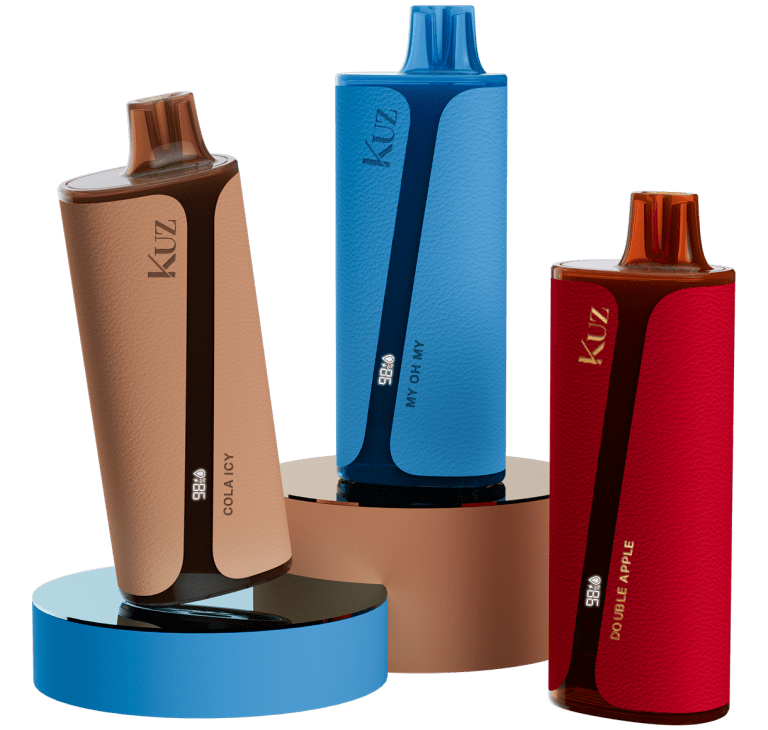Alternative to smoking and an active way of living with the use of vape liquid, Although Some may not accept that, nonetheless victorious people might say so. When considering the use of vape liquid, users should understand what is in their e-liquid. In this article we look at the key components, safety considerations and possible health effects of vape liquid to give you a full understanding of what goes into your body.
The Core Ingredients of Vape Liquid
1. Propylene Glycol (PG):
Propylene glycol is a tasteless, odorless liquid that produces vapor carrying flavor and being in contact with e-cigarets. It is also often used in food and pharmaceuticals as it can convey flavor, produces a “throat hit” similar to smoking. Although PG is considered to be safe for consumption, the effects of inhaling it are not well known.
2. Vegetable Glycerin (VG):
This is also one of the main ingredients in vape liquid. It comes from vegetable oil, and is known for producing dense vapor clouds. VG is a little on the sweet side and offers less of a throat hit than PG. VG is regarded as safe in food and cosmetics but ai rather a lot of research still needs to be done to understand the consequences when it is breathed.
3. Nicotine:
Nicotine is a component in vape juice that you can add (or exclude) to various strengths so as to suit the preferences of different users. The AWord is the addictive chemical found in typical cigarettes and designed to make you vape so that smoking may be quit. Nicotine addiction is considered a negative, and even e-liquids labelled as nicotine-free may harbour trace quantities.
4. Flavorings:
The availability of vape juices in a variety of flavors from classic tobacco to different fruit types and even dessert pieces. They’re usually food-grade safe, but the long term effects on our lungs into whether or not they are toxic isn’t too clear yet. This has sparked alarm about the appeal of e-cigarettes to children, and led critics to worry they open a gateway for young people into addiction.
Safety and Health Concerns
While vaping is often marketed as a safer alternative to smoking, it is not without risks. One of the primary concerns is the potential for harmful chemical reactions within the e-liquid. When heated, some ingredients can form toxic compounds like formaldehyde and acetaldehyde, which are linked to health issues such as lung and heart disease.
Another significant health risk is EVALI (e-cigarette, or vaping, product use associated lung injury), a condition characterized by severe lung damage. EVALI has been associated with certain additives, such as vitamin E acetate, found in some vaping products.
The Debate on Vaping and Smoking Cessation
Vaping is perceived by many as a means to quit smoking, allowing access of nicotine without the carcinogens inherent in traditional cigarettes’ combustion. There is some evidence to support the suggestion that vaping can help smokers cut down or quit smoking altogether. Still, the addictive nature of nicotine and the appeal of flavored vape products can make it difficult for some users to overcome a holding pattern on their addiction.
Conclusion
It is very important to know about the components of vape liquid if you are planning to do vaping rather than smoking or even just for fun!! Thoughts Vaping may have a lot of play over smoking the traditional way, but it is still something with risks. It falls on consumers to educate themselves about what is inside of the products they use and their effects on health. To help users make an informed decision regarding their health, it is imperative to conduct ongoing research and regulation that ensures vaping products are as safe as possible. Reading Time: 4 minutes When it comes to understanding what is in e-liquid, we can imagine how confusing the landscape may be for beginner and intermediate vapers.



